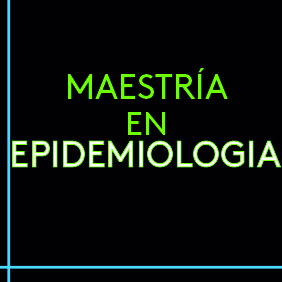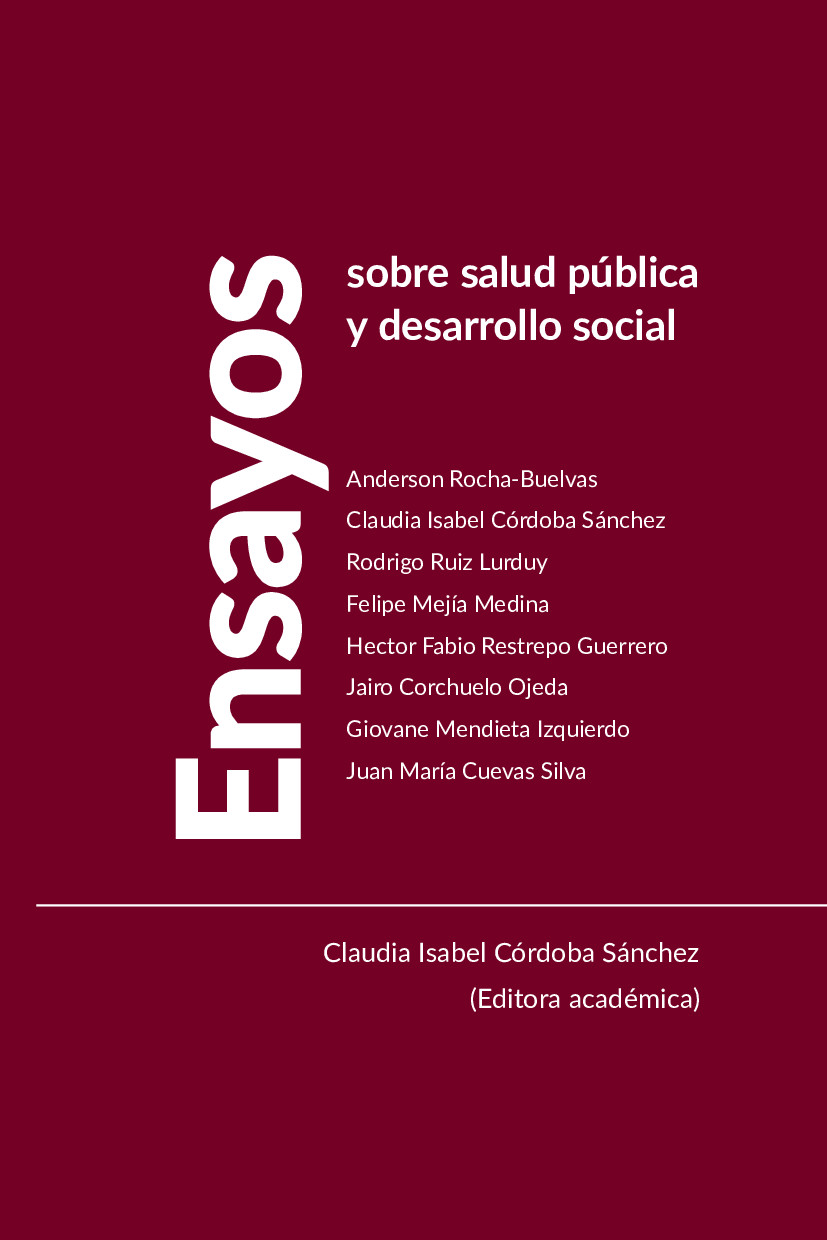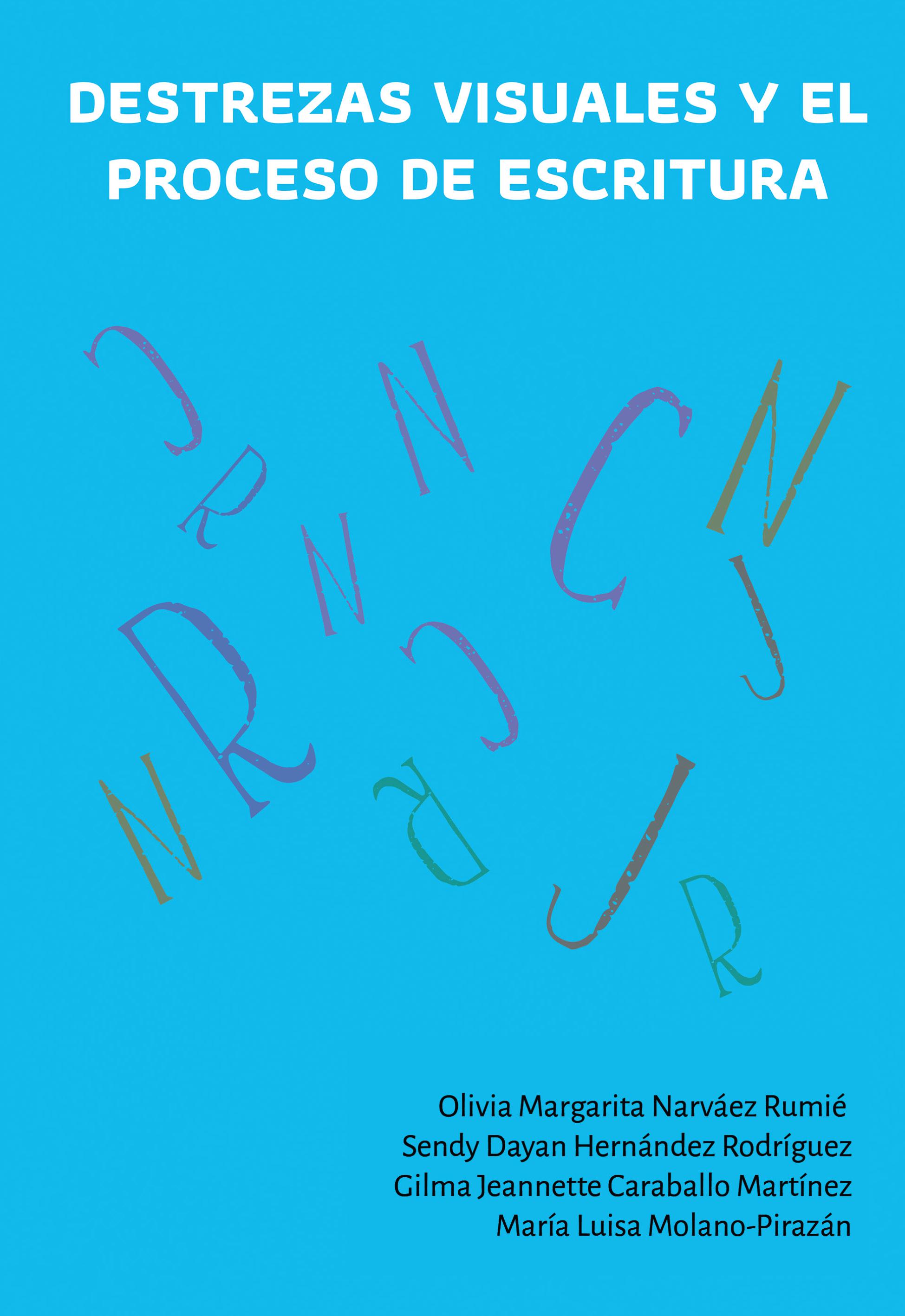Abstract
Objectiv: determine the prevalence of potential risk drug interactions between antiretroviral and other drugs in Colombian patients with HIV/AIDS.
Materials and methods: cross-sectional study who took the prescription drugs a population database of 6.2 million users from May 1 to July 31, 2012. To identify potential interactions, we sought dispensing antiretrovirals: Nucleoside Reverse Transcriptase Inhibitors, Non-Nucleoside Inhibitors of Reverse Transcriptase (NNRTIs), Protease Inhibitors (PIs), integrase inhibitors, CCR5 antagonists and fusion inhibitors with other risk drugs because their ineffectiveness or toxicity. Analysis by SPSS 21.0.
Results: 968 patients were obtained, mostly men (n = 844, 87.2%), mean age 41.6±10.5 years (range: 3-75 years) and male:female ratio of 5.8:1, from 25 cities. In total we found 49 associations of risk; the IPs being involved in 40 cases. The most common interaction was between IPs and statins (OR: 29.5, 95%CI:14,837-58, 785, p <0.001), IPs and antidepressants (OR: 29.5, 95%CI:11,891-73, 266, p <0.001), and corticosteroids (OR: 15.5, 95%CI:4,938-49, 698, p<0.001) and between NNRTIs with warfarin (OR: 46.3, 95% CI :4,108-520, 764, p<0.001). Receive ritonavir became an potential risk factor interactions (OR: 6.7, 95% IC:3.562-12.934; p<0.001) between people living in the Manizales with other places (OR: 3.7, 95%IC:1.043-12.909; p=0.030).
Conclusions: the potential interactions between antiretrovirals and other drug groups are common. It is imperative prior assessment and continuous monitoring patients undergoing risk. We recommend similar strategies to those of the current work to strengthen pharmacovigilance programs.
Licence
Authors should declare no conflicts of interest either for reasons of financing the project which is the result of the article; as well as intellectuals, academics, moral and investigative reasons.
The Journal of Andean Research is home to the ethical rules for publications issued by the COPE: http://publicationethics.org/resources/code-conduct
References
2. Roughead EE, Kalisch LM, Barratt JD, Gilbert AL. Prevalence of potentially hazardous drug interactions amongst Australian veterans. Br J Clin Pharmacol. 2010;70:252-7
3. Pirmohamed M, James S, Meakin S, Green C, Scout A, Walley T, Farrar K, Park K, Breckenridge A. Adverse drug reactions as cause of admission to hospital: prospective analysis of 18.820 patients. BMJ 2004; 329:15-9.
4. Ruedy J, Ogilvie R. Adverse events: past and future. CMAJ. 2004; 171:10.
5. Patel P, Zed PJ. Drug-related visits to emergency department: how big is the problem? Pharmacotherapy. 2002; 22:915-23.
6. Buchacz K, Baker RK, Palella FJJ, et al. AIDSdefining opportunistic illnesses in US patients, 1994–2007: a cohort study. AIDS. 2010; 24(10):1549–59.
7. Vance DE, Mugavero M, Willig J, et al. Aging with HIV: a crosssectional study of comorbidity prevalence and clinical characteristics across decades of life. J Assoc Nurses AIDS Care. 2010; May. 13.
8. Evans-Jones JG, Cottle LE, Back DJ, et al. Recognition of risk for clinically significant drug interactions among HIV- infected patients receiving antiretroviral therapy. Clin Infect Dis. 2010; 50 (10):1419–21.
9. Marzolini C, Elzi L, Gibbons S, et al. Prevalence of comedications and effect of potential drug-drug interactions in the Swiss HIV Cohort Study. Antivir Ther. 2010; 15 (3):413–23.
10. Sabater D, Silva M, Faus M, “Guía de seguimiento farmacoterapéutico, Método Dader”, Grupo de investigación en Atención Farmacéutica. Universidad de Granada, Tercera edición 2007.
11. Machado J, Giraldo C. Farmacovigilancia de interacciones medicamentosas en pacientes afiliados al sistema de salud de Colombia. Rev. Investigaciones Andina. 2011; 13(22):151-61
12. Patel H, Mekha M. Dyslipidemia And Dysglycemia In Patients With HIV Infection and In Patients On Antiretroviral Therapy. NJIRM. 2012; 3(5): 53-7.
13. Neuvonen PJ, Niemi M, Backman JT. Drug interactions with lipid-lowering drugs: mechanisms and clinical relevance. Clin Pharmacol Ther.2006 Dec; 80(6):565-81.
14. Machado-Alba JE, Vidal X. Effectiveness of antiretroviral treatment in Colombia. Rev Panam Salud Pública. 2012; 32(5):360–7
15. Birbeck GL, French JA, Perucca E, Simpson DM, Fraimow H, George JM, et al. Quality Standards Subcommittee Of The American Academy Of Neurology; Ad Hoc Task Force Of The Commission On Therapeutic Strategies Of The International League Against Epilepsy. Antiepileptic drug selection for people with HIV/AIDS: evidence-based guidelines from the ILAE and AAN. Epilepsia. 2012; 53 (1):207-14.
16. Silveira MP, Guttier MC, Pinheiro CA, Pereira TV, Cruzeiro AL, Moreira LB. Depressive symptoms in HIV-infected patients treated with highly active antiretroviral therapy. Rev. Bras Psiquiatr. 2012; 34 (2):162-7.
17. De Silva KE, Le Flore DB, Marston BJ, Rimland D. Serotonin syndrome in HIV-infected individuals receiving antiretroviral therapy and fluoxetine. AIDS. 2001; 15(10):1281-5.
18. Pal D, Kwatra D, Minocha M, Paturi DK, Budda B, Mitra AK. Efflux transporters- and cytochrome P-450-mediated interactions between drugs of abuse and antiretrovirals. Life Sci.2011; 23; 88 (21-22):959-71.
19. Crothers K, Butt AA, Gibert CL, Rodríguez- Barradas MC, Crystal S,Justice AC; Veterans Aging Cohort 5 Project Team. Increased COPD among HIV-positive compared to HIV- negative veterans. Chest. 2006; 130 (5):1326-33.
20. Foisy MM, Yakiwchuk EMK, Chiu I, Singh AE. Adrenal suppression and Cushing’s syndrome secondary to an interaction between ritonavir and fluticasone: a review of the literature. HIVMed. 2008; 9 (6):389–96.
21. Dort K, Padia S, Wispelwey B, Moore CC. Adrenal suppression due to an interaction between ritonavir and injected triamcinolone: a case report. AIDS Res Ther. 2009; 8;6:10.
22. Frankel JK, Packer CD. Cushing’s syndrome due to antiretroviral budesonide interaction. Ann Pharmacother. 2011; 45(6):823-4

 PDF (Español (España))
PDF (Español (España))
 FLIP
FLIP

















